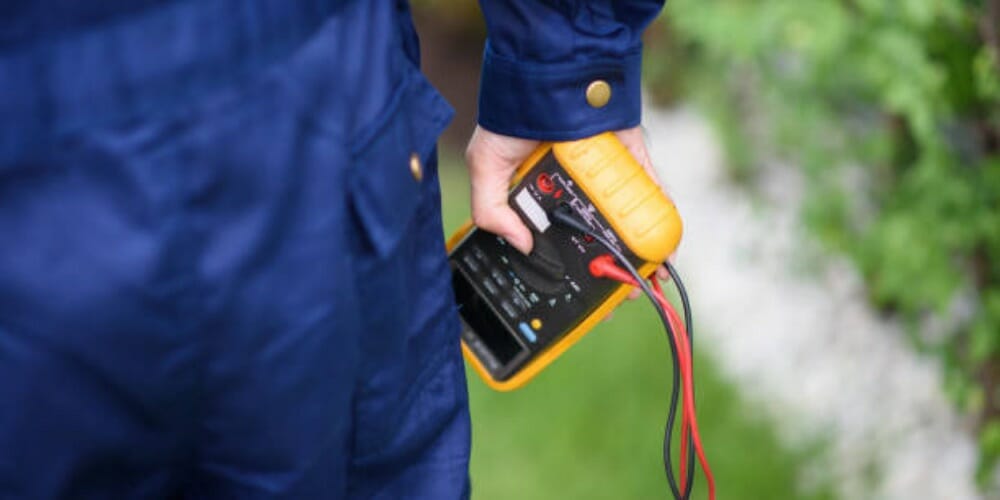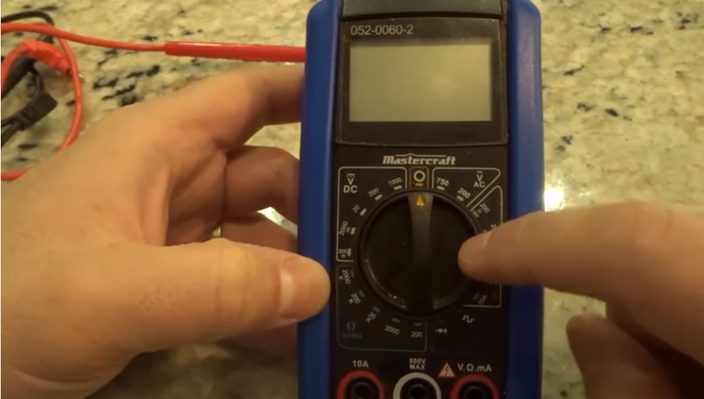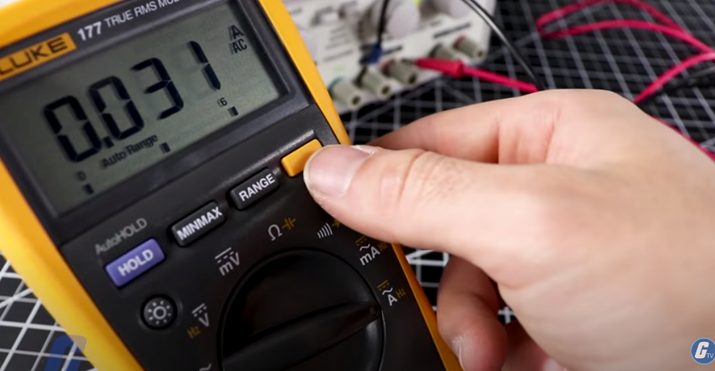What is the Meaning of the Multimeter Ampere Symbol?

This article will discuss the meaning behind the multimeter ampere symbol and how to use an amp meter.
What Does the Multimeter Amp Symbol Mean?
The multimeter amp symbol is an important one to know if you want to be able to use a multimeter properly. A multimeter is an essential tool that can help you in many situations. It can be used to check the quality of wires, test batteries, and find out what components are causing your circuit to malfunction. However, if you don’t understand all the symbols on your multimeter, it won’t be much use to you.
The ampere is a unit of electrical current and is named after French physicist Andre-Marie Ampere. The primary purpose of the amp symbol is to refer to the amount of current flowing through a circuit. This can be measured by connecting the leads of your multimeter in a series with your circuit and measuring the voltage drop across them (Ohm’s Law). The unit for this measurement is volts per amp (V/A). (1, 2)
The amp symbol refers to the unit ampere (A), which measures the electrical current flowing through a circuit. This measurement can also be expressed as milliamps mA, kiloamps kA, or megaamps MA depending on how large or small the value is.

Unit Description
The ampere is an SI unit of measurement. It measures the amount of electric current that flows through a single point in one second. A single ampere equals 6.241 x 1018 electrons passing through a specific point in one second. In other words, 1 ampere = 6,240,000,000,000,000,000 electrons per second.
Resistance & Voltage
Resistance refers to the opposition to current flow in an electrical circuit. Resistance is measured in Ohms, and there is a simple relationship between voltage, current, and resistance: V = IR. This means that you can calculate the current in amps if you know the voltage and resistance. For example, if there are 3 volts with a resistance of 6 ohms, then the current is 0.5 amps (3 divided by 6).
Multipliers for Amps
- m = milli or 10^-3
- u = micro or 10^-6
- n = nano or 10^-9
- p = pico or 10^-12
- k = kilo, and it means “x 1000”. So if you see the symbol kA, it means the value x 1000
There is also another way to express electrical current. The metric system’s most commonly used units are amps, amperes (A), and milliamps (mA).
- Formula: I = Q / t, where:
- I= electric current in amps (A)
- Q= charge in coulombs (C)
- t= time interval in seconds (s)
The list below illustrates many of the commonly used multiples and submultiples of the ampere:
- 1 MΩ = 1,000 Ω = 1 kΩ
- 1 µΩ = 1/1,000 Ω = 0.001 Ω = 1 mΩ
- 1 nΩ = 1/1,000,000 Ω = 0
Abbreviations
Some standard abbreviations refer to the electric current that you may come across. They are:
- mA – milliampere (1/1000th of an amp)
- μA – microampere (1/1000000th of an amp)
- nA – nanoampere (1/1000000000th of an amp)

How to Use an Amp Meter?
Ammeters measure the amount of current or flow of electricity in amperes. Ammeters are designed to be placed in series with the circuit they monitor. An ammeter offers the most accurate results when the circuit is operating at full load when taking a reading.
Ammeters are used in various electrical and electronic applications, often as part of more complex instruments such as multimeters. To determine what size ammeter is required, the maximum current expected to pass through must be known. The larger the number of amperes, the wider and thicker the wire needed for use in an ammeter. This is because a large current produces a magnetic field that can interfere with the reading of smaller wires.
Multimeters combine several functions into one device, including voltmeters and ohmmeters, and ammeters; this makes them incredibly useful for multiple applications. They are commonly used by electricians, electronic technicians, and other tradespeople.
Take a look at some of our related articles below.
References
(1) Andre-Marie Ampere – https://www.britannica.com/biography/Andre-Marie-Ampere
(2) Ohm’s Law – https://phet.colorado.edu/en/simulation/ohms-law
Video References
Helpful DIY
GalcoTV
